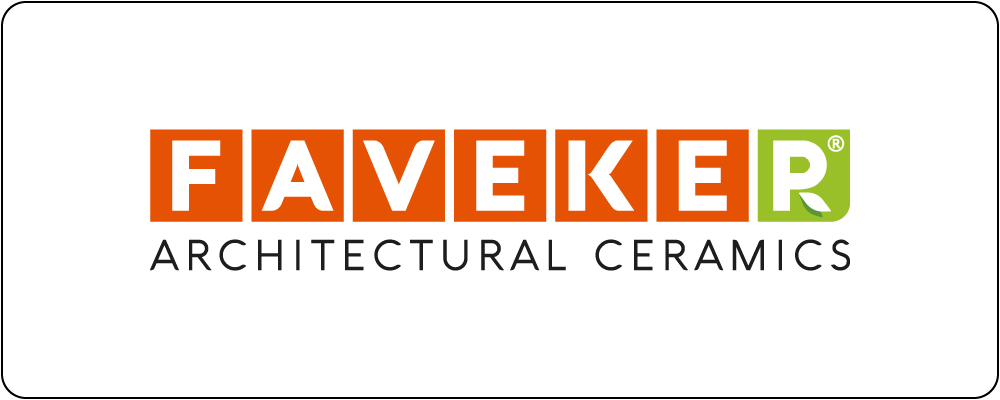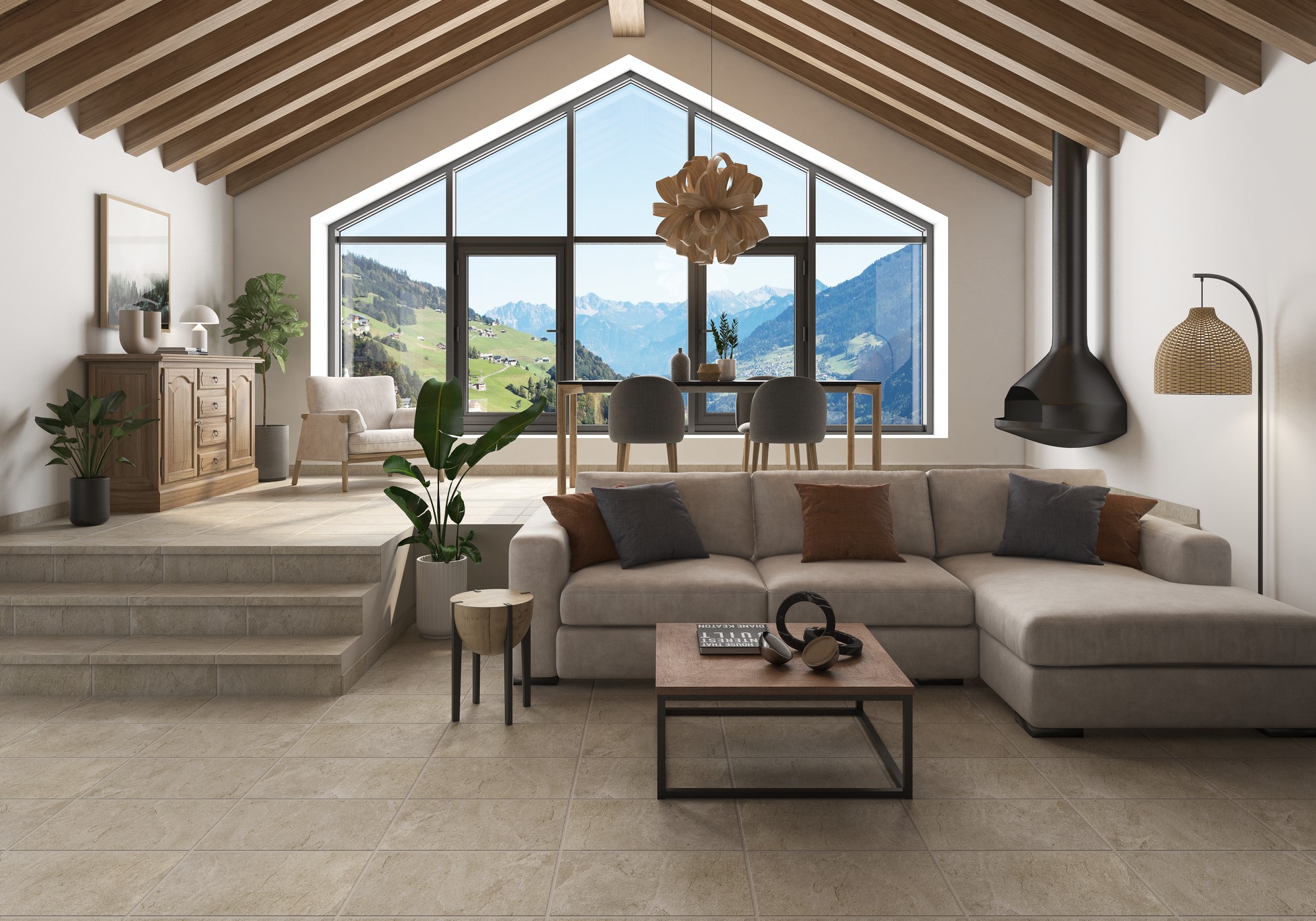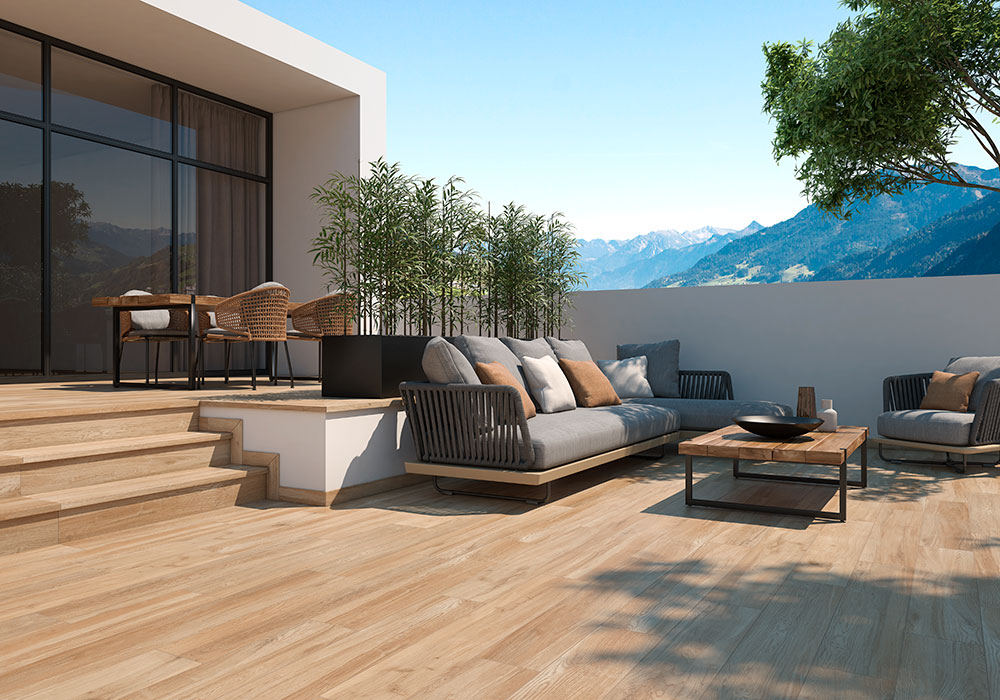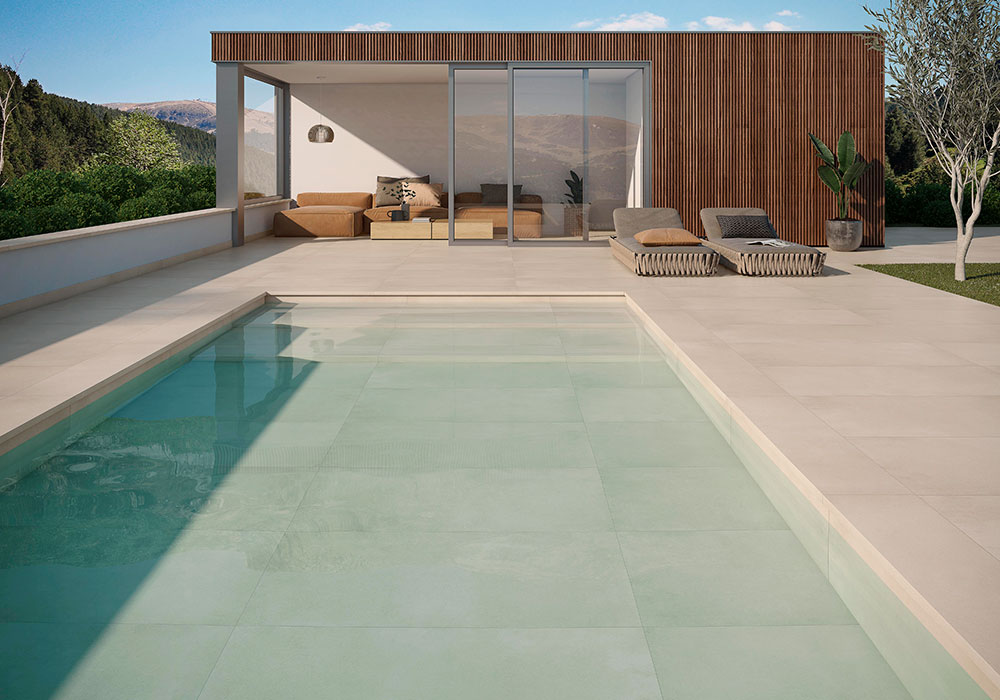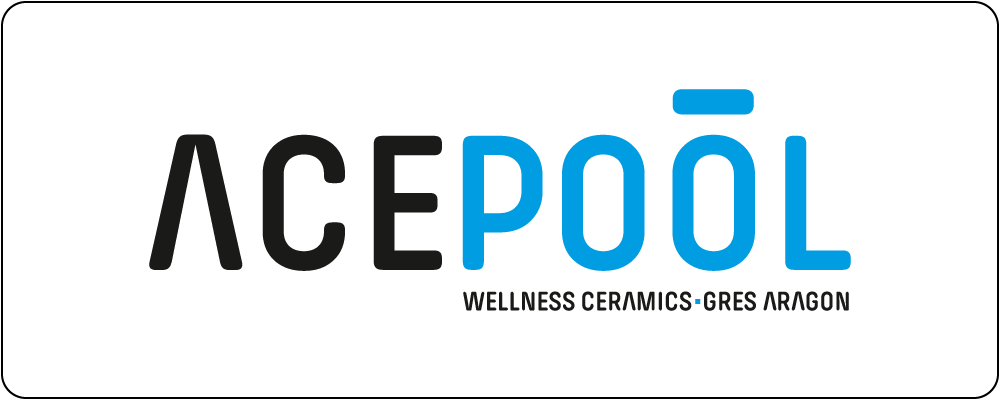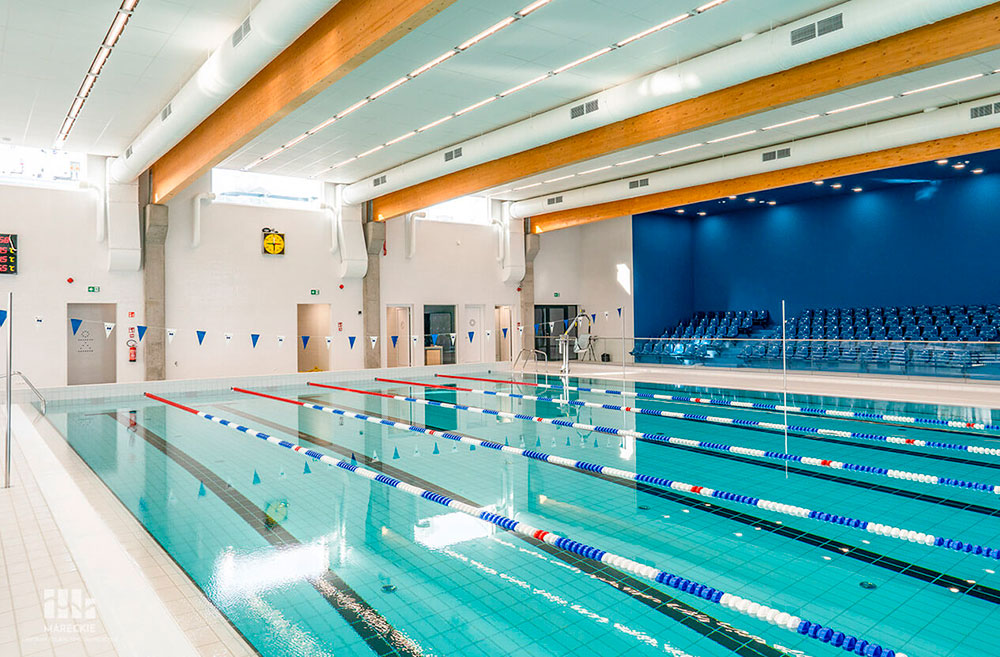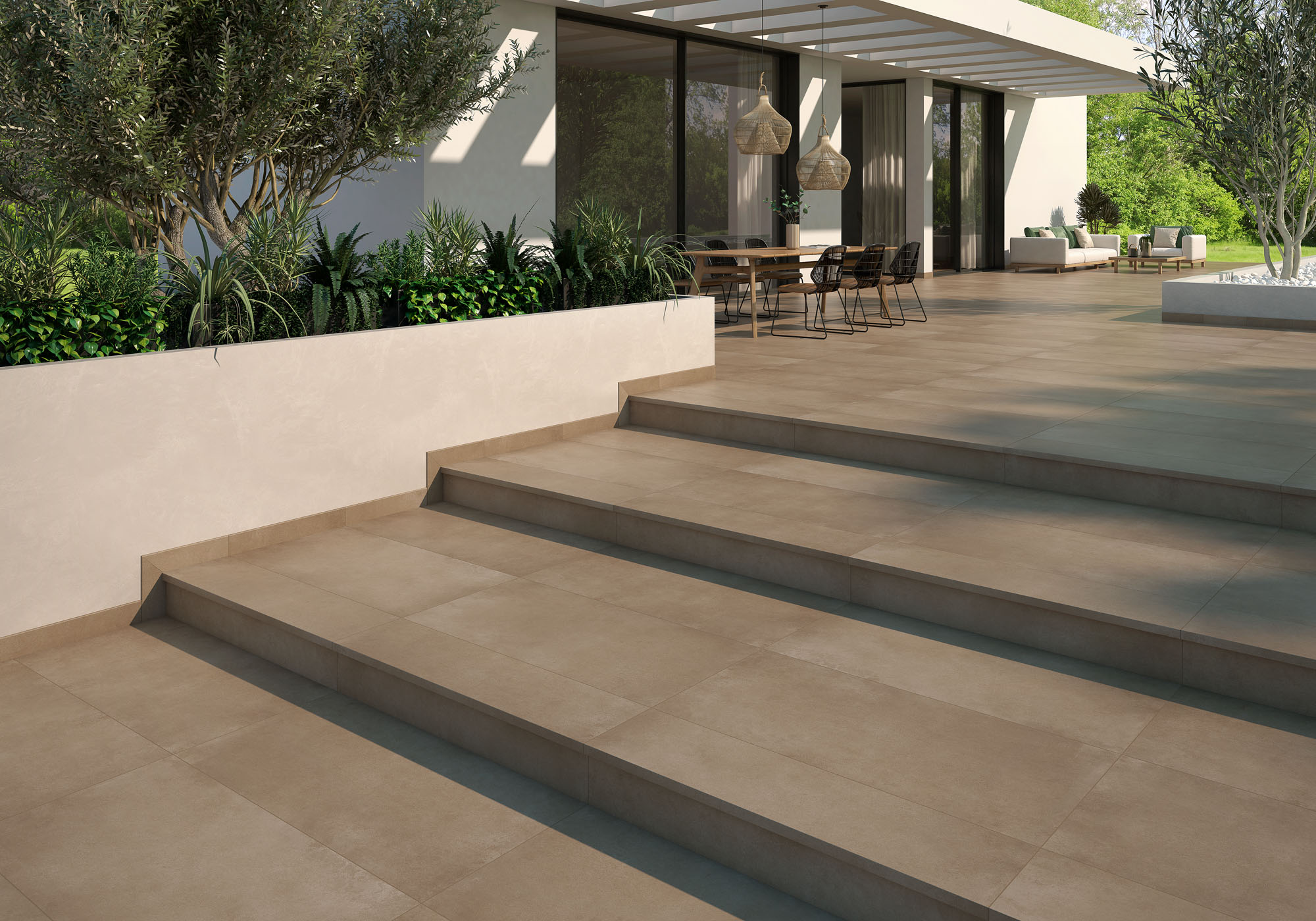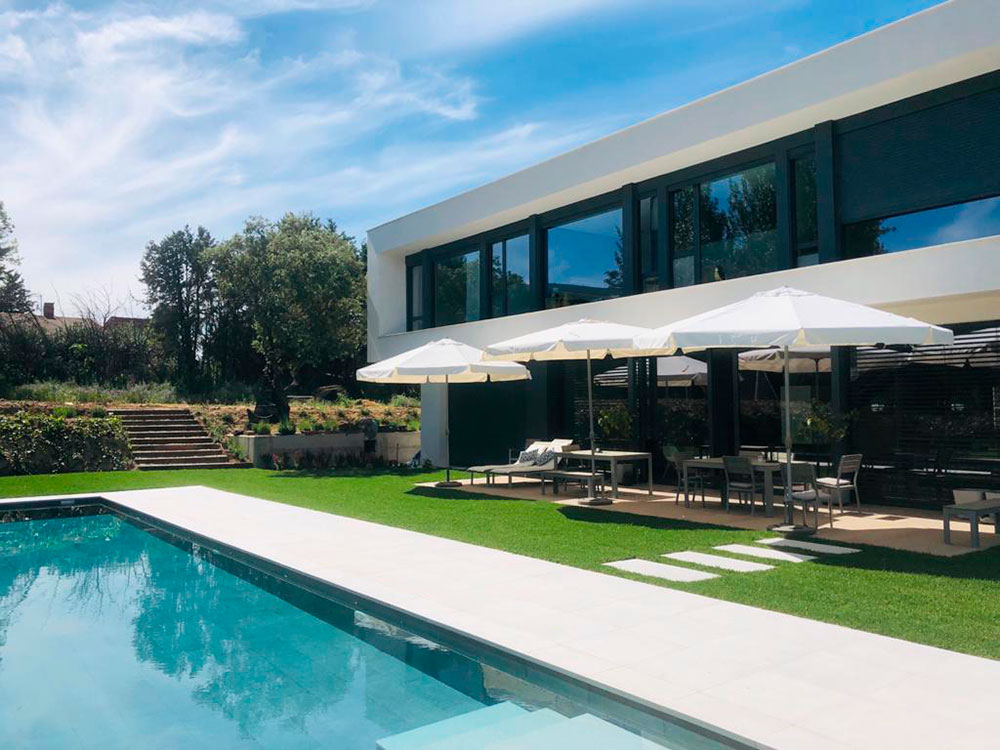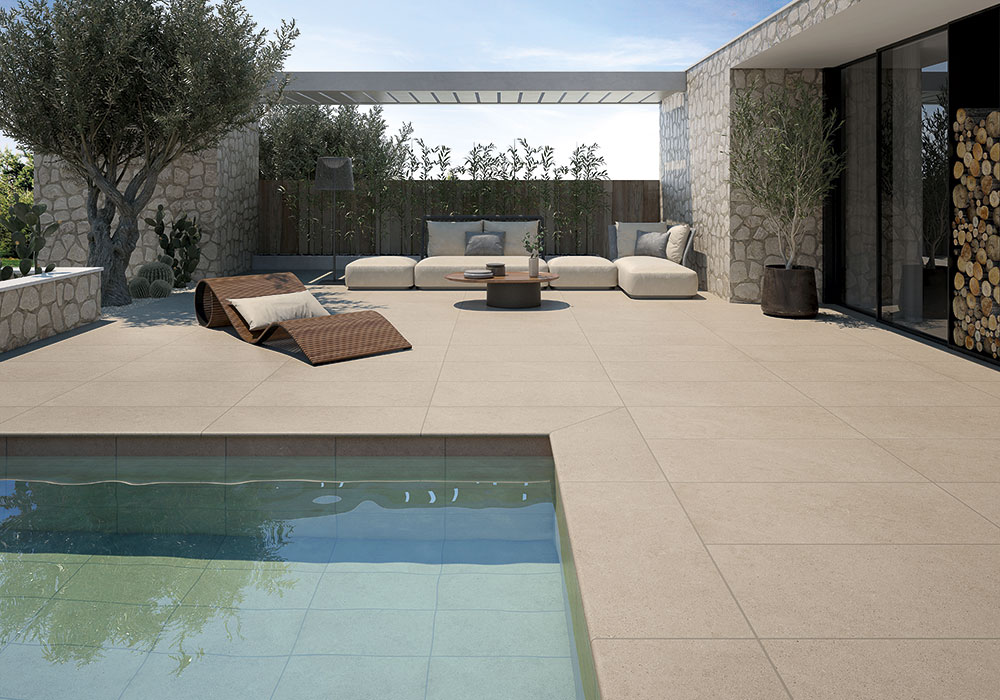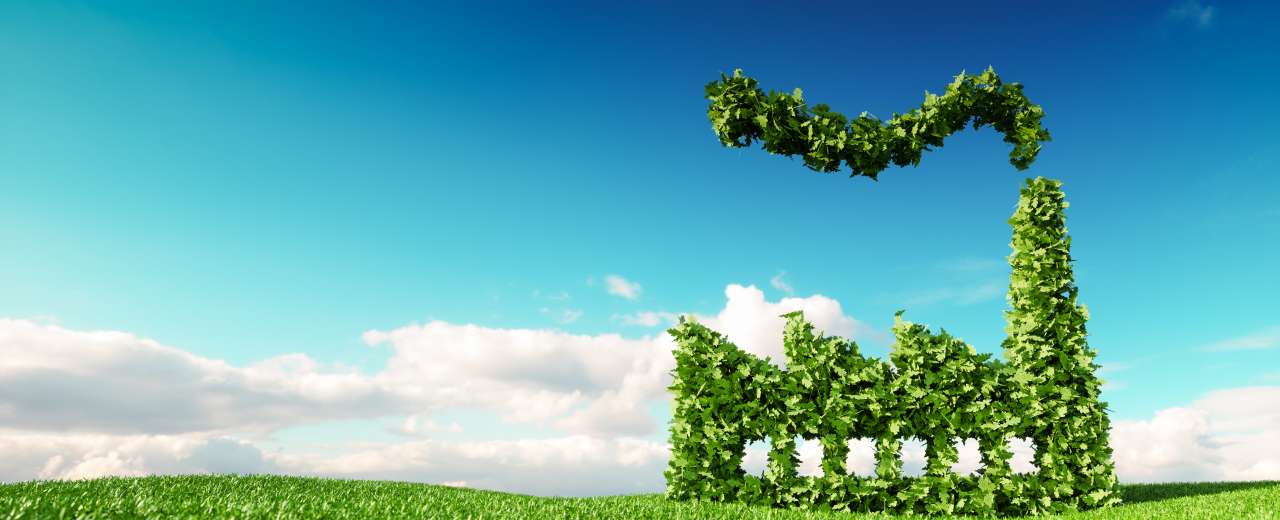CERAMICS: SUSTAINABILITY IN ITS PUREST FORM
In the last few years, there has been a very positive phenomenon at a global level, whereby concern and respect for the environment has been acquiring greater relevance in the social, economic and political spheres.
In the construction sector, there are expert voices that advocate the use of construction materials and techniques that are sustainable, energy efficient, and whose carbon footprint is decreasing. In recent years the Passive House buildings have been acquiring a greater prominence. It is in this area where ceramics have great relevance thanks to its benefits in terms of sustainability and energy efficiency.
Ceramic has a natural origin. In the case of Gres Aragón, the raw materials are 100% natural, since it is basically manufactured from clay, water and fire.

As part of the responsible process, ceramic products factories are often located next to clay quarries, which minimizes the impacts of transporting raw materials to the plant. At Gres Aragón, we also work on the eco-design of box packaging to reduce the impact of ink printing, lighten the weight and reducing waste where it is installed.
Efficient manufacturing is another of the characteristics of ceramic materials thanks to the progress made to reduce energy consumption and lower greenhouse gas emissions. Through the majority use of natural gas and investing in production equipment with the latest technology, a more efficient production process is achieved, which also contributes to reduce water consumption and waste of ceramic material.
In Gres Aragón, the wastewater generated in the cleaning of the glazing lines is reintroduced as mixing water in the extrusion process, so there is no waste: we recycle 100% of the water in the production process itself, achieving ZERO DUMPING OF WASTEWATER.
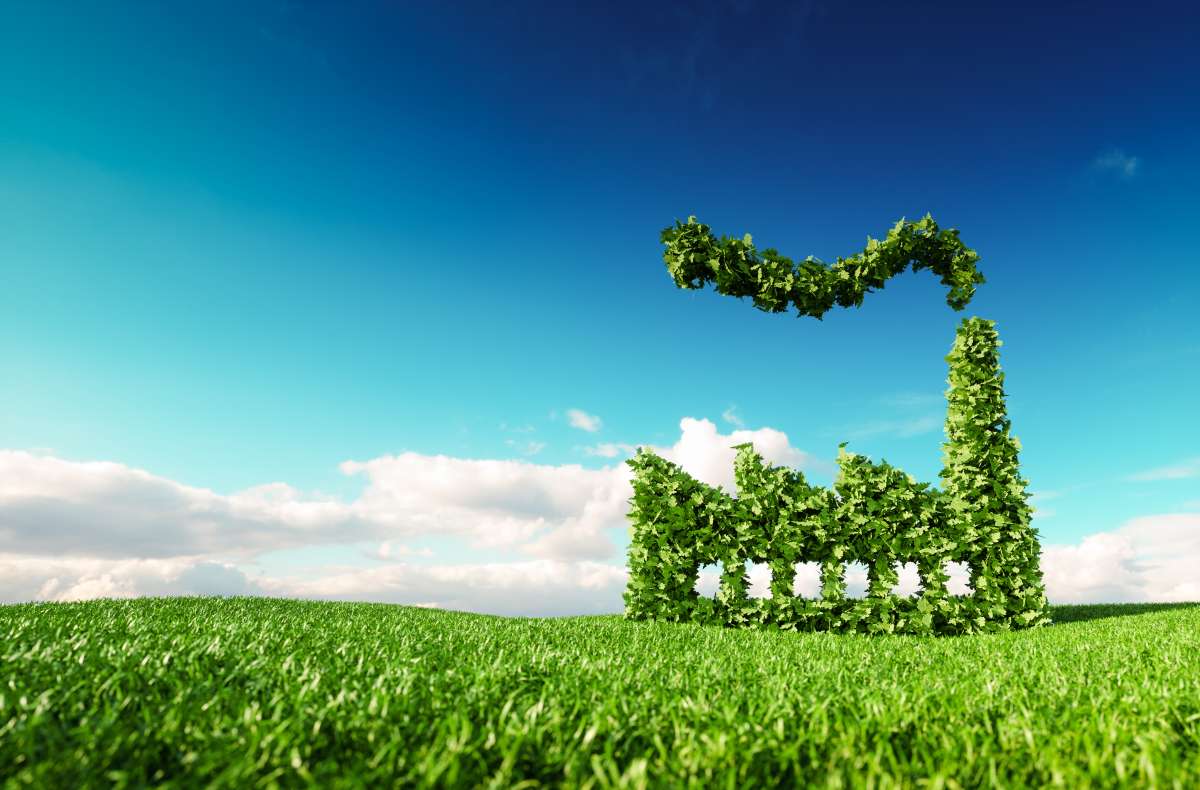
In addition, the ceramic waste generated in production is used as raw material, which results in ceramic products with up to 45% recycled content.
Ceramic materials contribute to the energy efficiency of the buildings in which they are applied, as in the case of Faveker® ventilated façades, whose ceramic pieces contribute to the insulation and maintenance of the building's temperature, increasing the comfort of the user inside and reducing the need for energy for conditioning, both in winter and summer. Therefore, they are optimal constructive solutions for the design of Net Zero Energy Building (NZEB).
Ceramic is safe. It does not burn, so it does not produce flames, fumes or toxic gases. Likewise, ceramic tiles can be non-slip, which provides safety in applications such as swimming pools and wet areas. And specific products such as Bioklinker®, by Gres Aragón, suitable to floors and façades, have an essential antibacterial effect in spaces requiring extra safety and hygiene, such as those related to food or health, in addition to being an effective product against odours and stains.
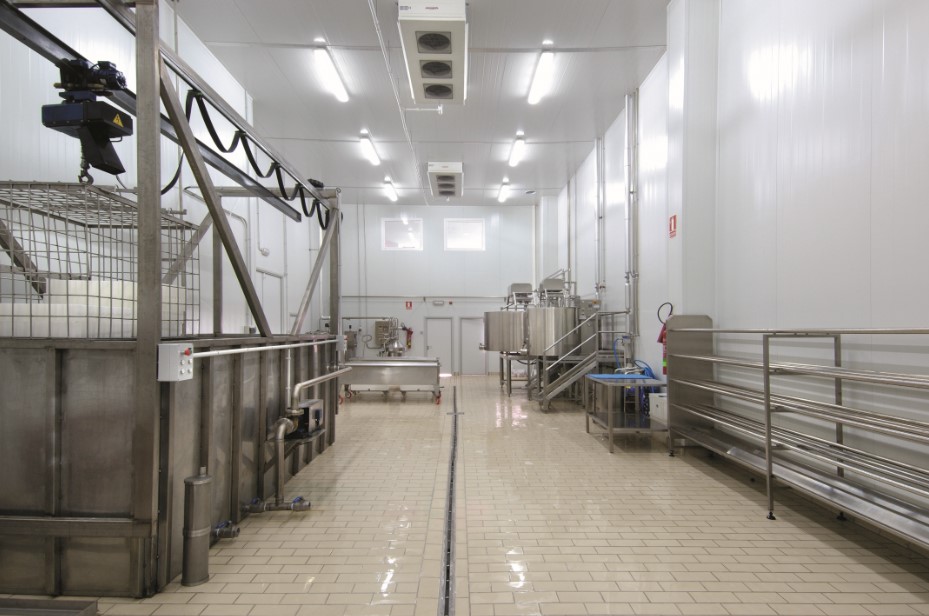
Current technologies allow us to act on the porosity of ceramics, generating materials with almost zero or more porosity depending on the use and needs, thus protecting health. In addition to this, they do not emit volatile organic compounds (VOCs), radon gas, or other toxic substances, making them the perfect material for a home to enjoy healthy indoor air quality.
Ceramic materials have a long useful life resulting into cost savings for homeowners in renovation and maintenance.
Ceramic does not deteriorate over time and is characterized by its high technical performance at a very affordable market price, which makes it also sustainable from an economic point of view.
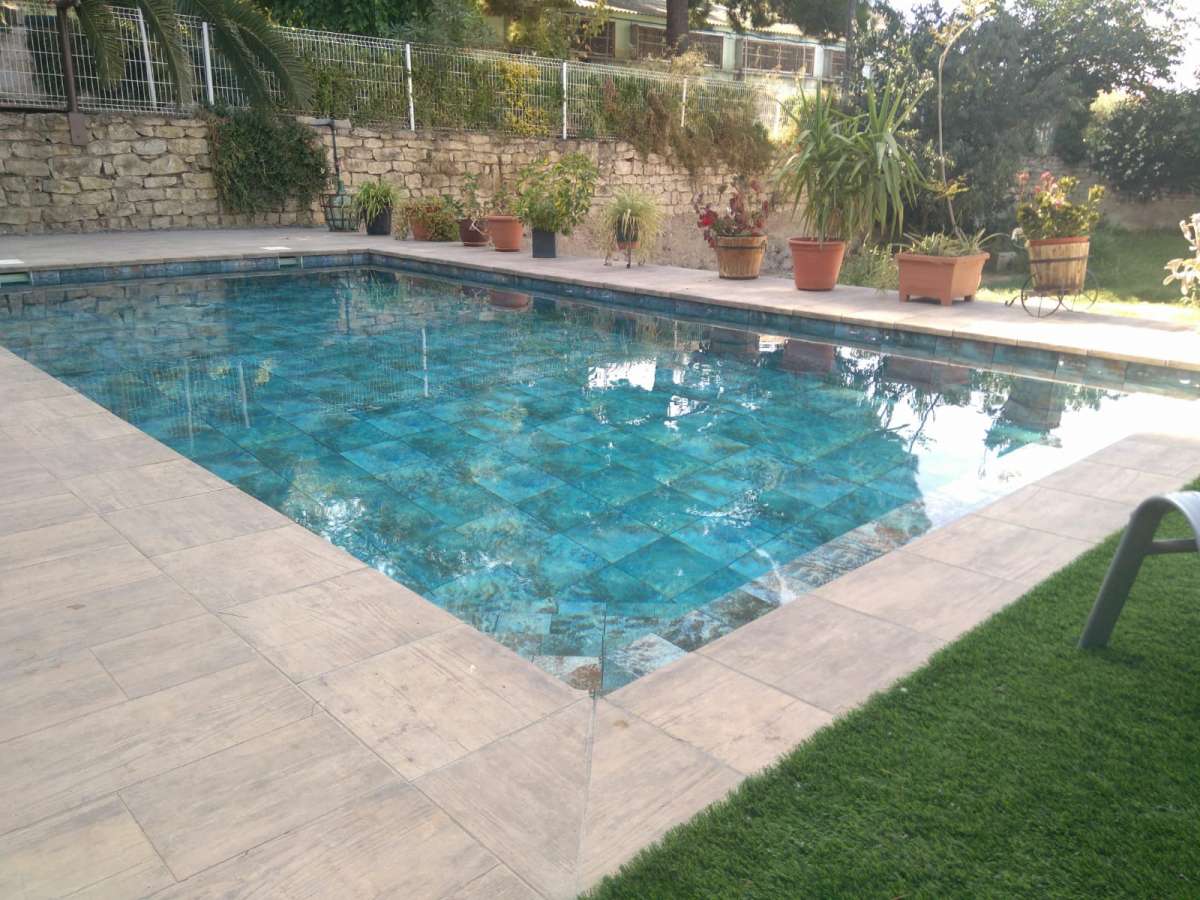
Finally, it must be remembered that the European Waste List (EWL) classifies ceramic construction and demolition waste as inert and non-hazardous, so they are highly recyclable in different uses, such as filling material and road stabilization, aggregates for concrete and mortars, beaten earth in tennis courts, plant substrate or covering element for agriculture. In the same way, by not altering the quality of the water, they allow to take advantage of the rain through drainage systems to collect it, store it and be able to use it again.
To sum up, we are faced with a material that, in addition to its excellent technical performance, its aesthetics and its versatility, has an excellent behaviour with the environment, contributing to the care of the planet and its inhabitants.
Elena Valenzuela,
Marketing and Communication Manager at Gres Aragón
